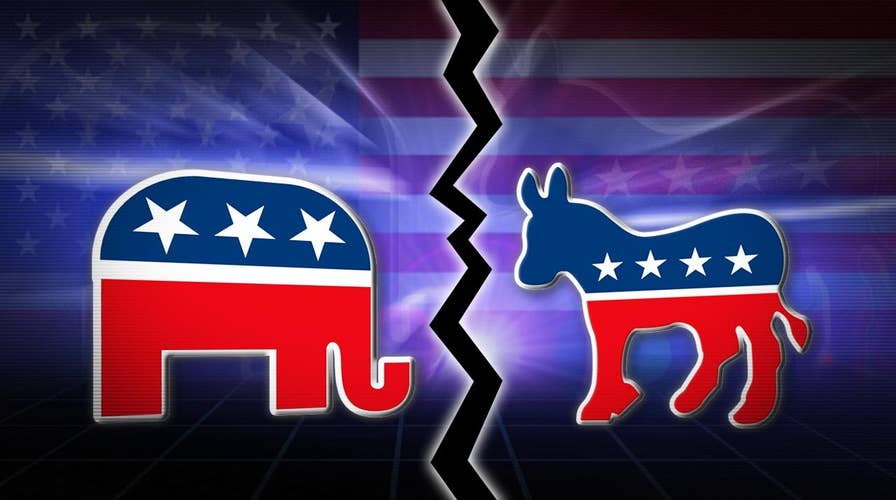October surprises that could change the election
Five October surprises that could change everything before midterm election day
Every pundit and commentator has an opinion about what’s going to happen on Election Day. Pollsters and political consultants are constantly trying to interpret the latest polling numbers and give their clients advice about what they should be doing to assure victory.
I have been around American politics for five decades and have overseen hundreds of campaigns during that time. I know that in the closing days of any campaign, unexpected things happen that alter the outcome. It's not unusual for all of the proverbial wheels to come off. In politics, as in life, there are controllables and uncontrollables.
The controllables in an election are the candidate, his or her preparation and performance, fundraising and spending priorities, policy statements, campaign management, and the message of the campaign. These all are developed in the campaign plan. If a campaign doesn’t have a plan, it's a sure loser.
Even with the best plan, I am always reminded of former heavyweight champion Mike Tyson's words, “Everyone has a plan until they get punched in the mouth.” But unless it gets knocked out, a good campaign will always revert back to its plan and deal with new realities along the way.
Every candidate or incumbent in a competitive race is going to be hammered in the closing days with an ad or a story that will probably knock the campaign off balance. If it is prepared, it can counter and move on.
A good campaign anticipates last-minute attacks and is prepared. It does opposition research on the opponent, and also on its own candidate. Most good campaigns early on will select some of their best operatives to run a mock campaign against their own candidates, to see how they could be beaten.
The biggest uncontrollable is the voters. Midterm voting has already begun through early voting and absentee ballots. It is estimated that more than 9 million people have already cast their vote. The pace of this early vote portends that this could a record-setting midterm election. It certainly will set records for the most money ever spent on a midterm -- more than $4 billion.
A campaign has voter goals and makes every effort to identify, communicate with, and motivate voters to turn out. Hillary Clinton, the presumed inevitable winner of the 2016 presidential election, had a plan that failed. It failed by coming up short by a total of 77,474 votes in three states: Pennsylvania, Wisconsin, and Michigan. For the Trump team, it was the equivalent of drawing an inside straight.
Every day I get asked who’s going to win. I honestly don’t know, I can only guess. So my answer is always, “Tell me who’s going to vote, and I’ll tell you who’s going to win.”
I think Republicans will continue to control the Senate, lose seats in the House, and occupy fewer governorships. Many smart people think the Democrats will win back the majority in the House. I’m not sure. It's possible, but not certain. Many of those same people were betting heavily on Mrs. Clinton being inaugurated.
This is an election about President Trump and no president has ever campaigned harder or been more the focus of both sides. He is twice the candidate he was in 2016. He loves the game and is tireless. He has energized his base and his party. Those opposed to him have been angry and motivated since the day of his election.
Anger is the word most people use to describe the mood of the county. But this election is going beyond ordinary anger. With bomb devices and threats aimed at former Presidents Barack Obama and Bill Clinton and other Democrats, we are on the verge of chaos and anarchy. Fights between voters and destruction of campaign headquarters are common occurrences.
This is a very close election and both sides know that the stakes are high. Getting their voters out is the ultimate goal.
When this election is over, whatever the outcome, we as Americans have to figure out how to cool down the anger.

